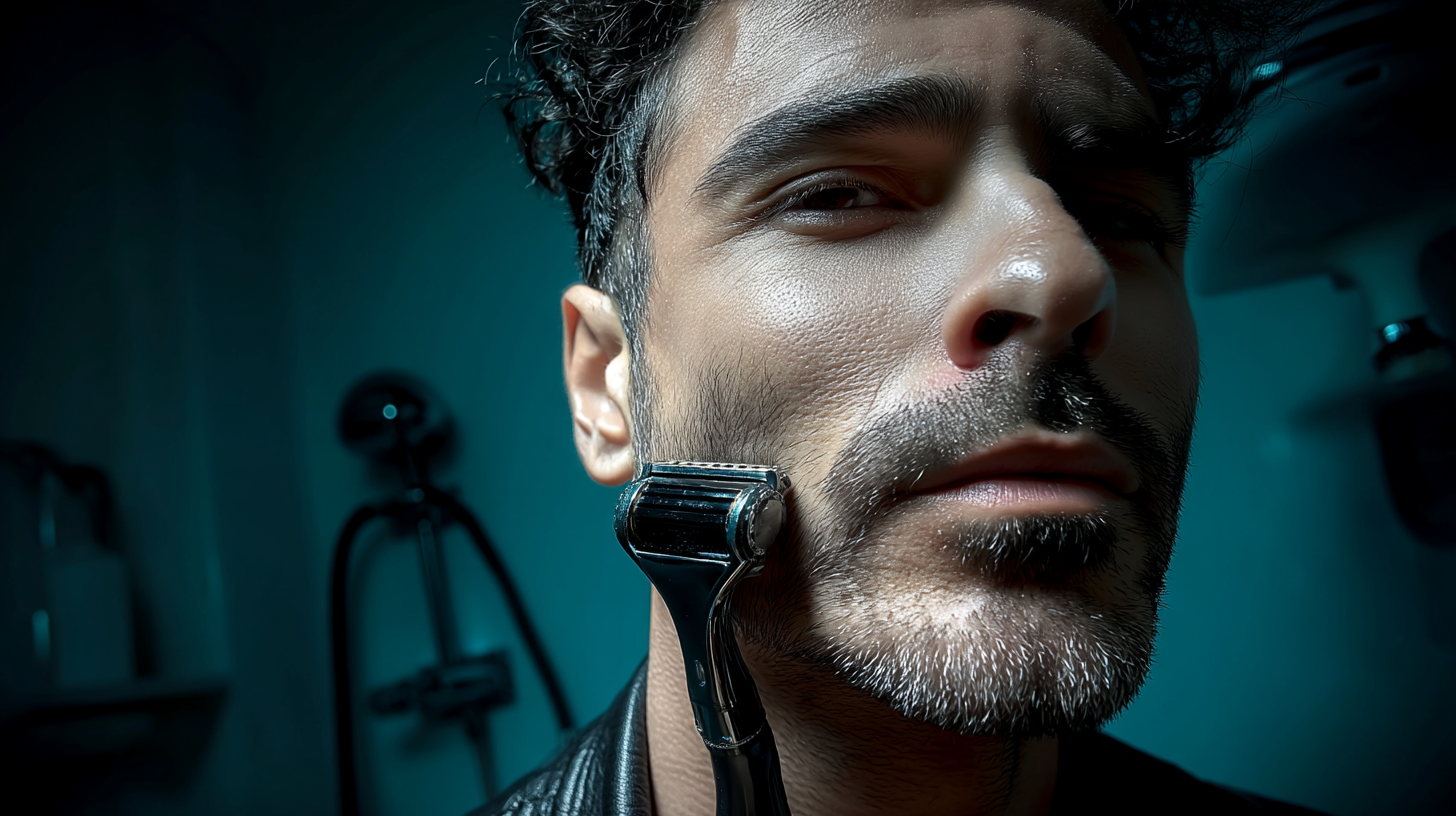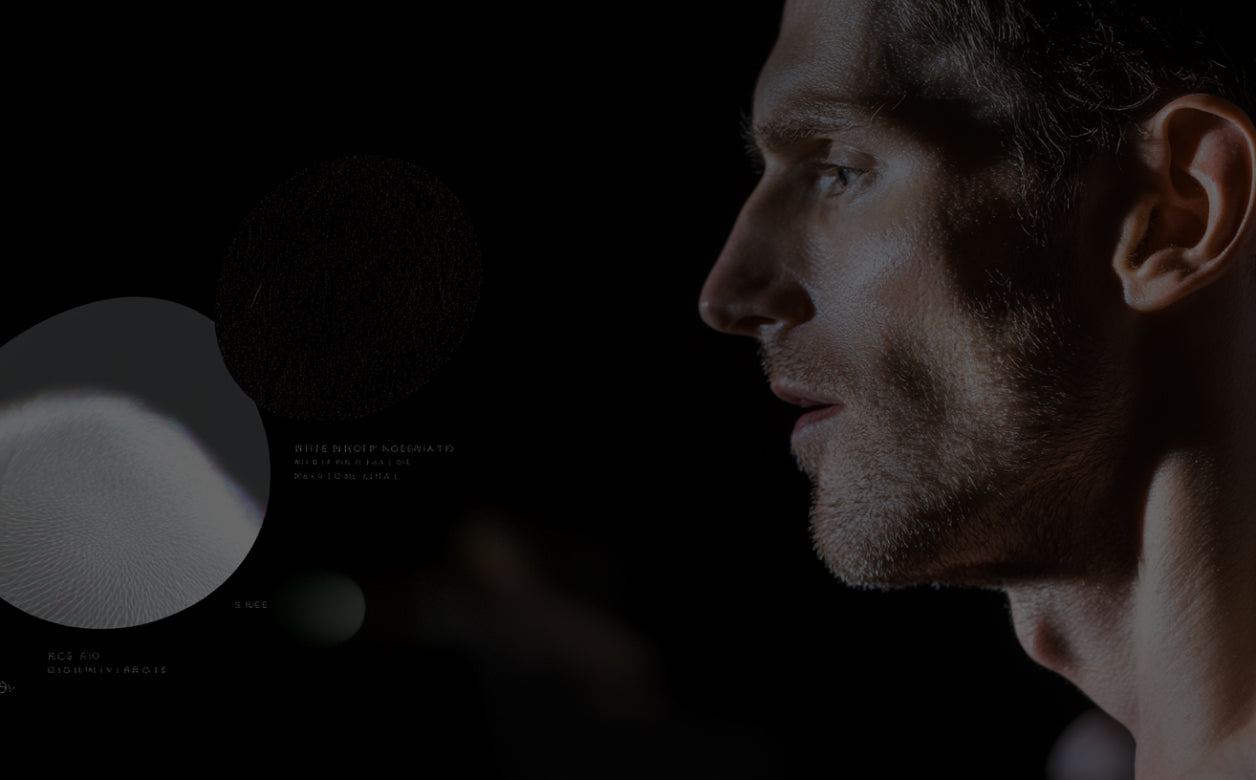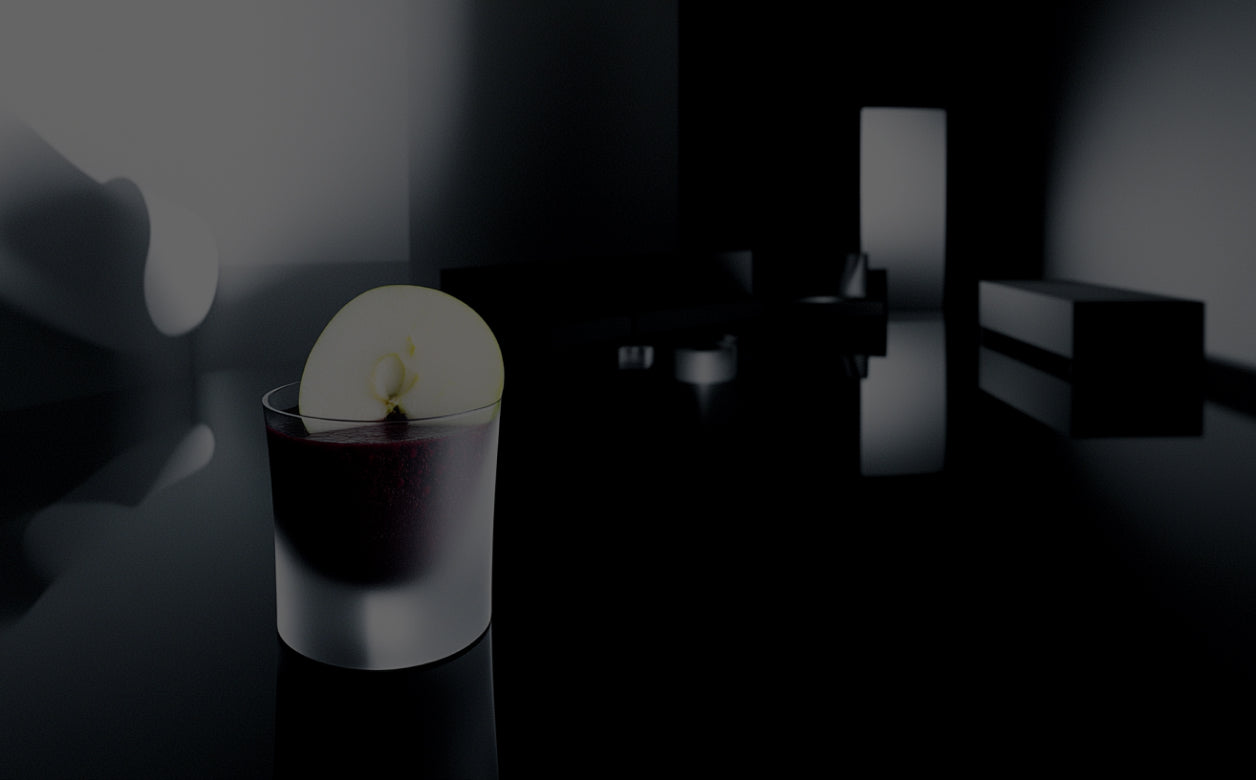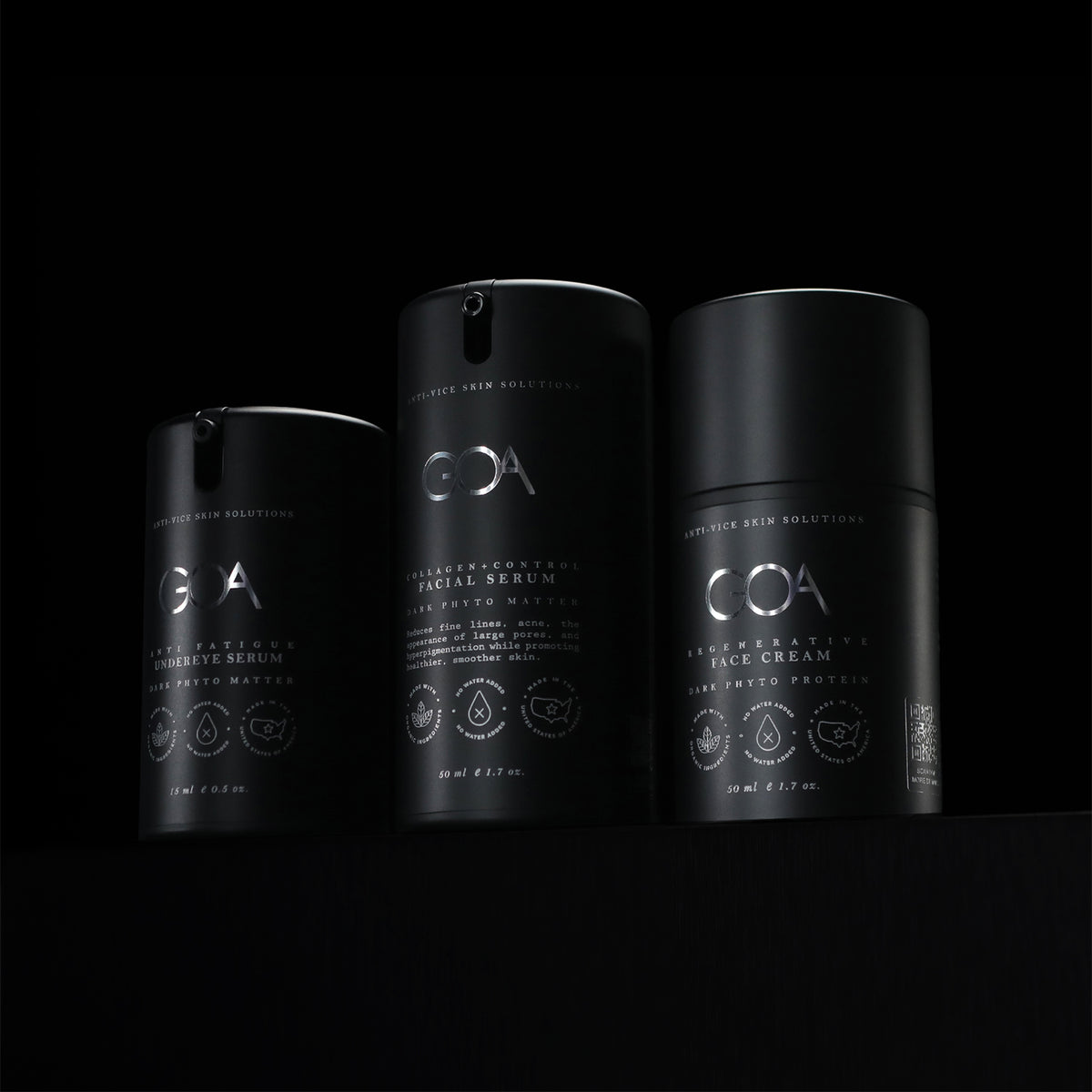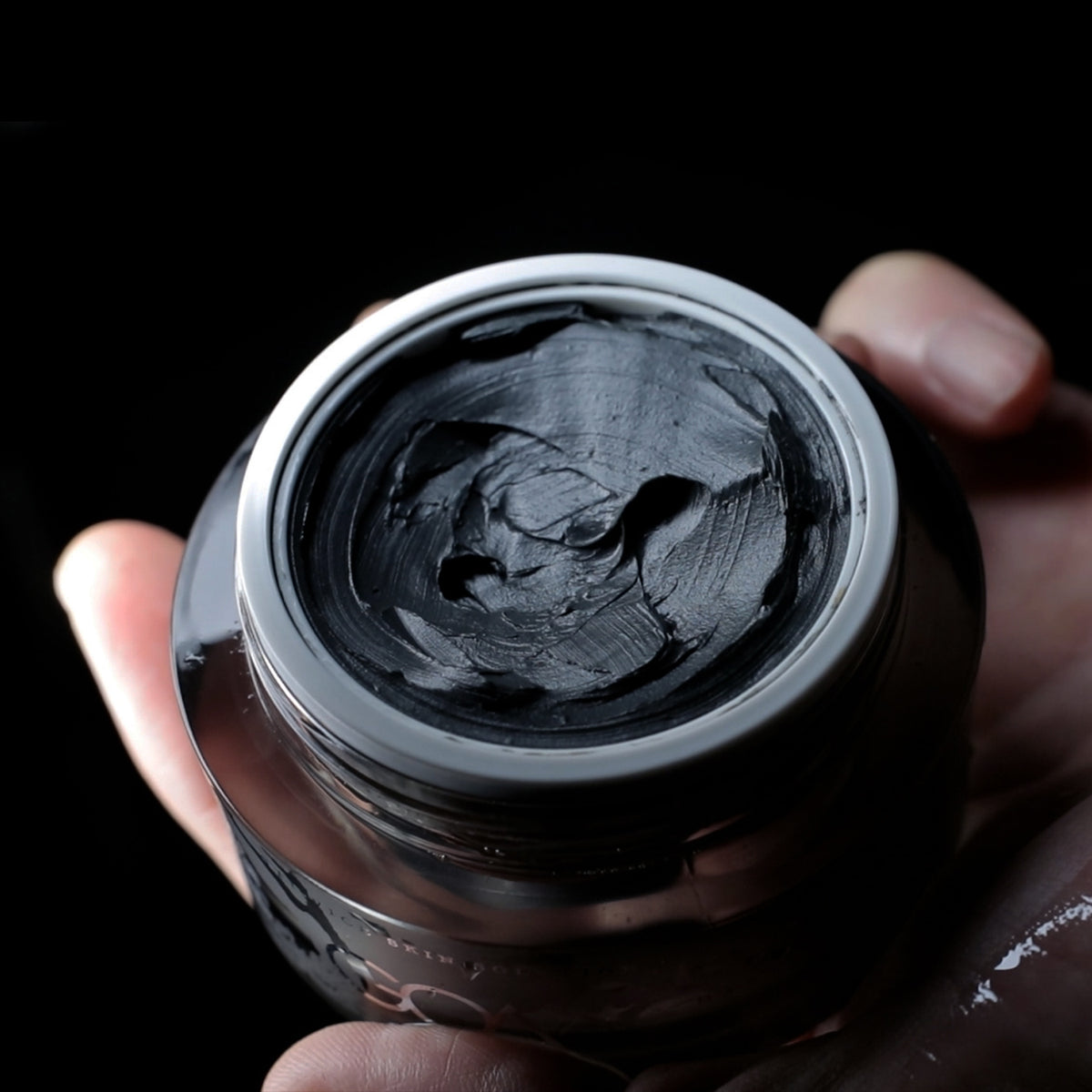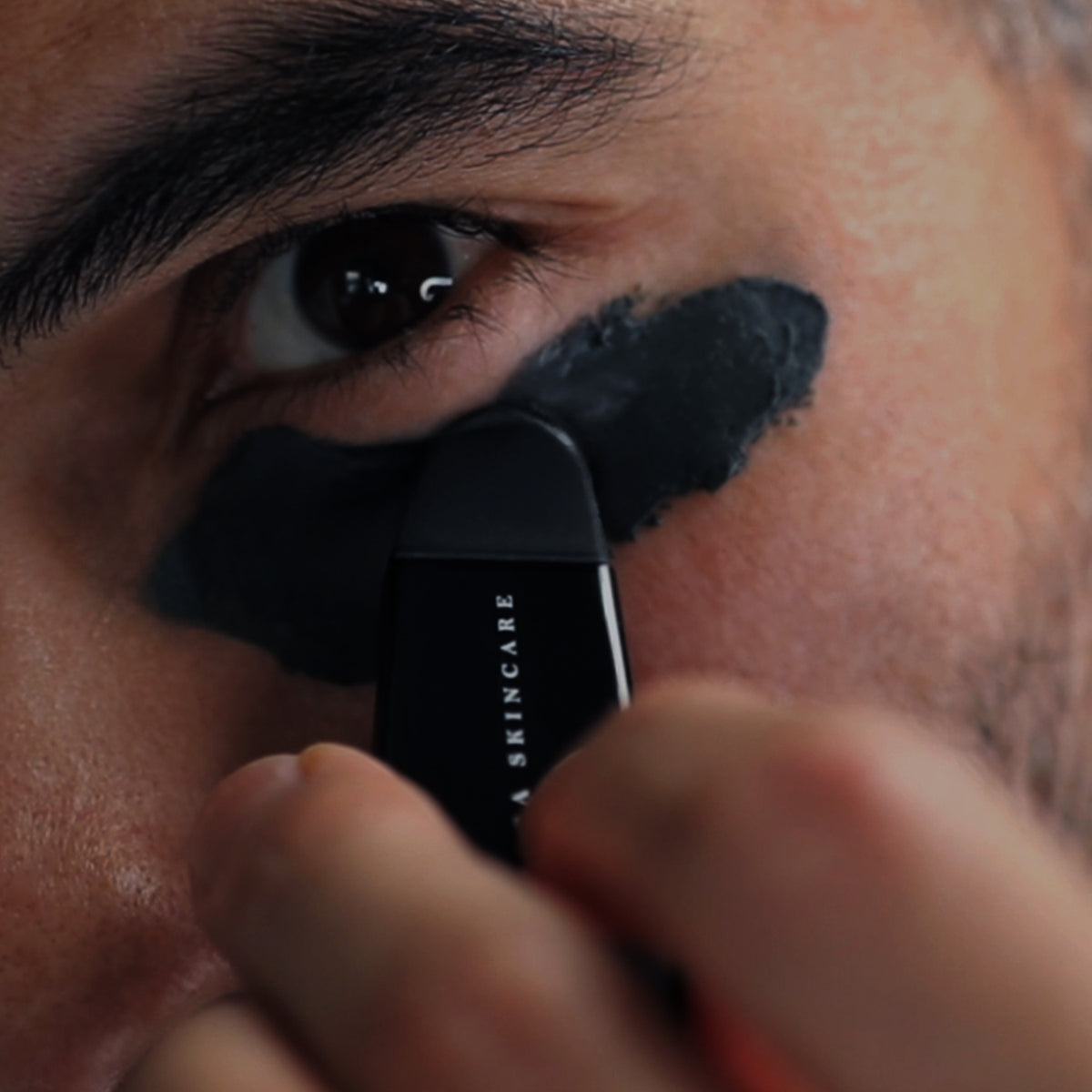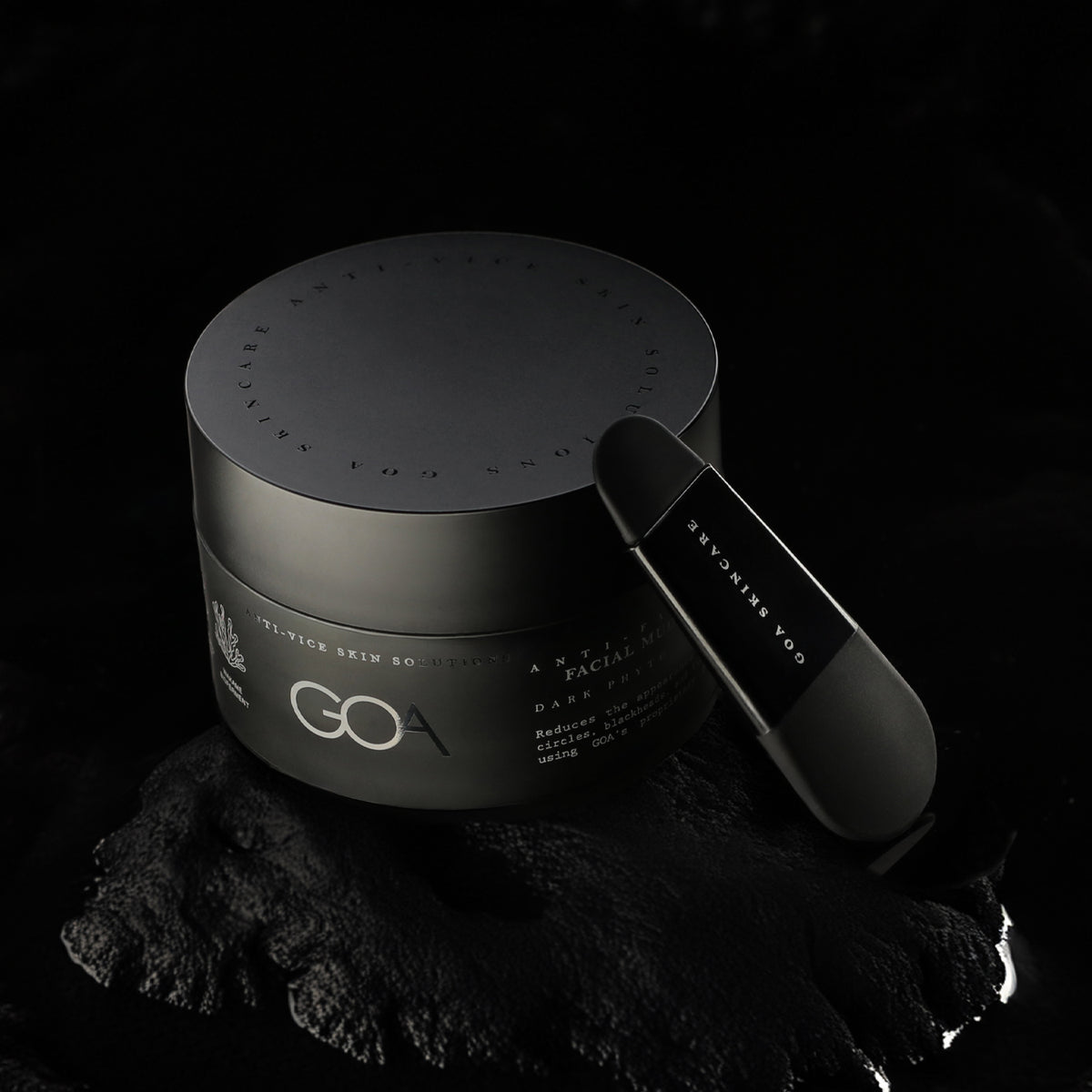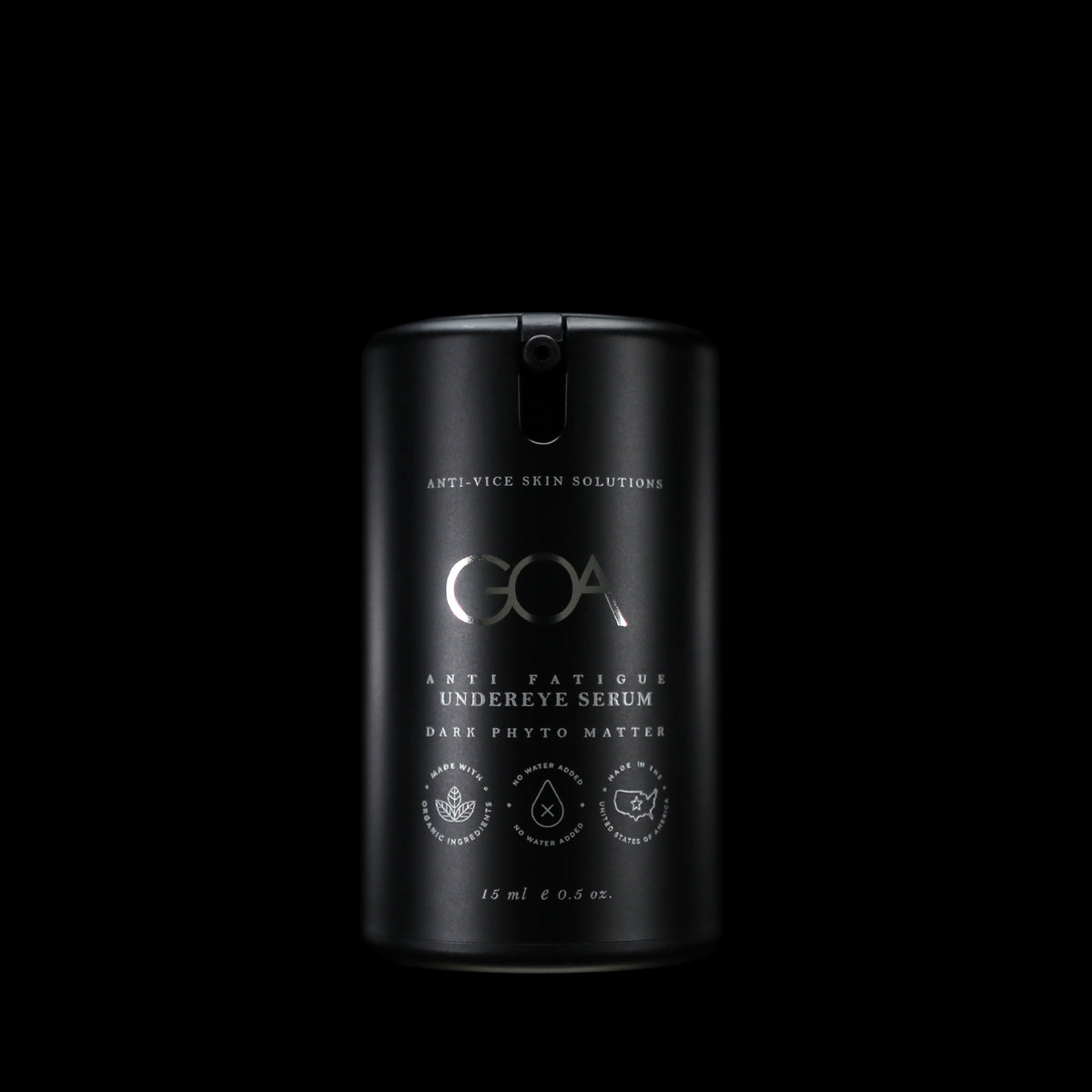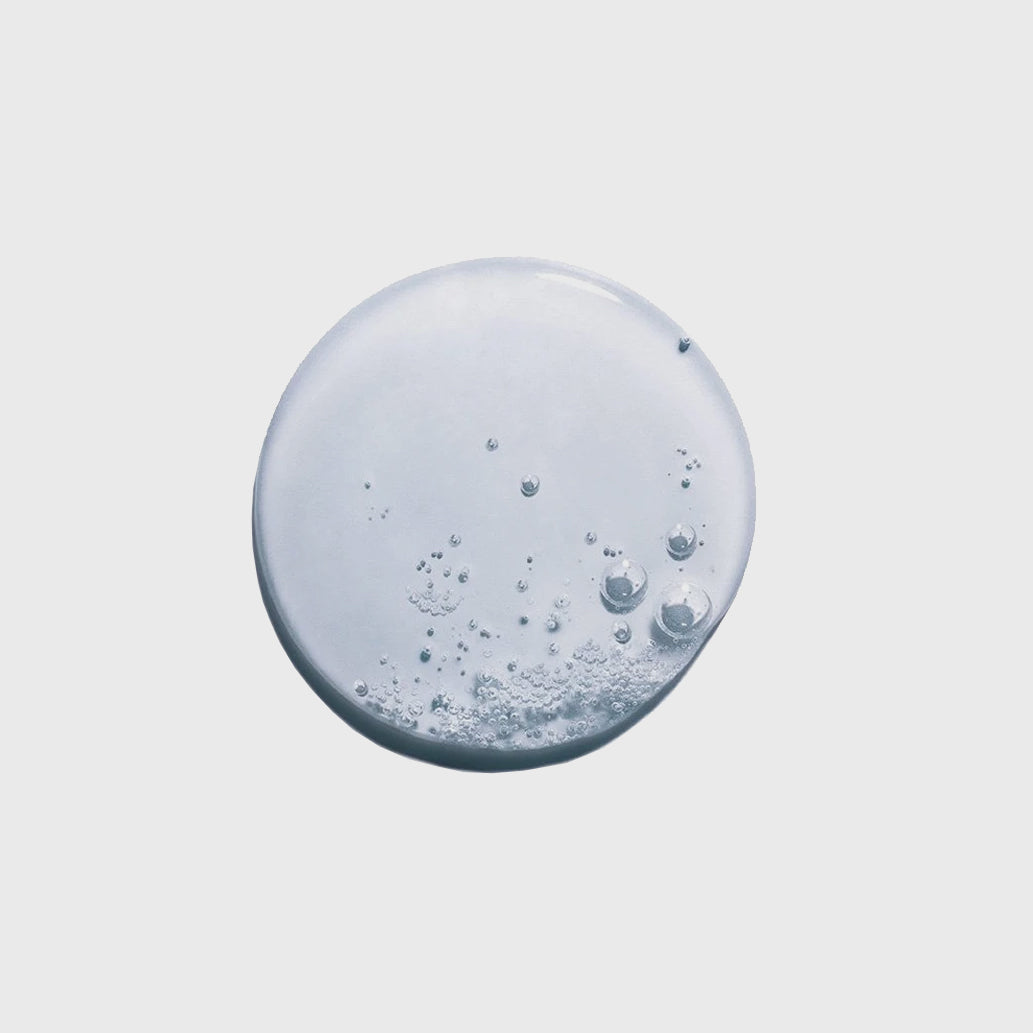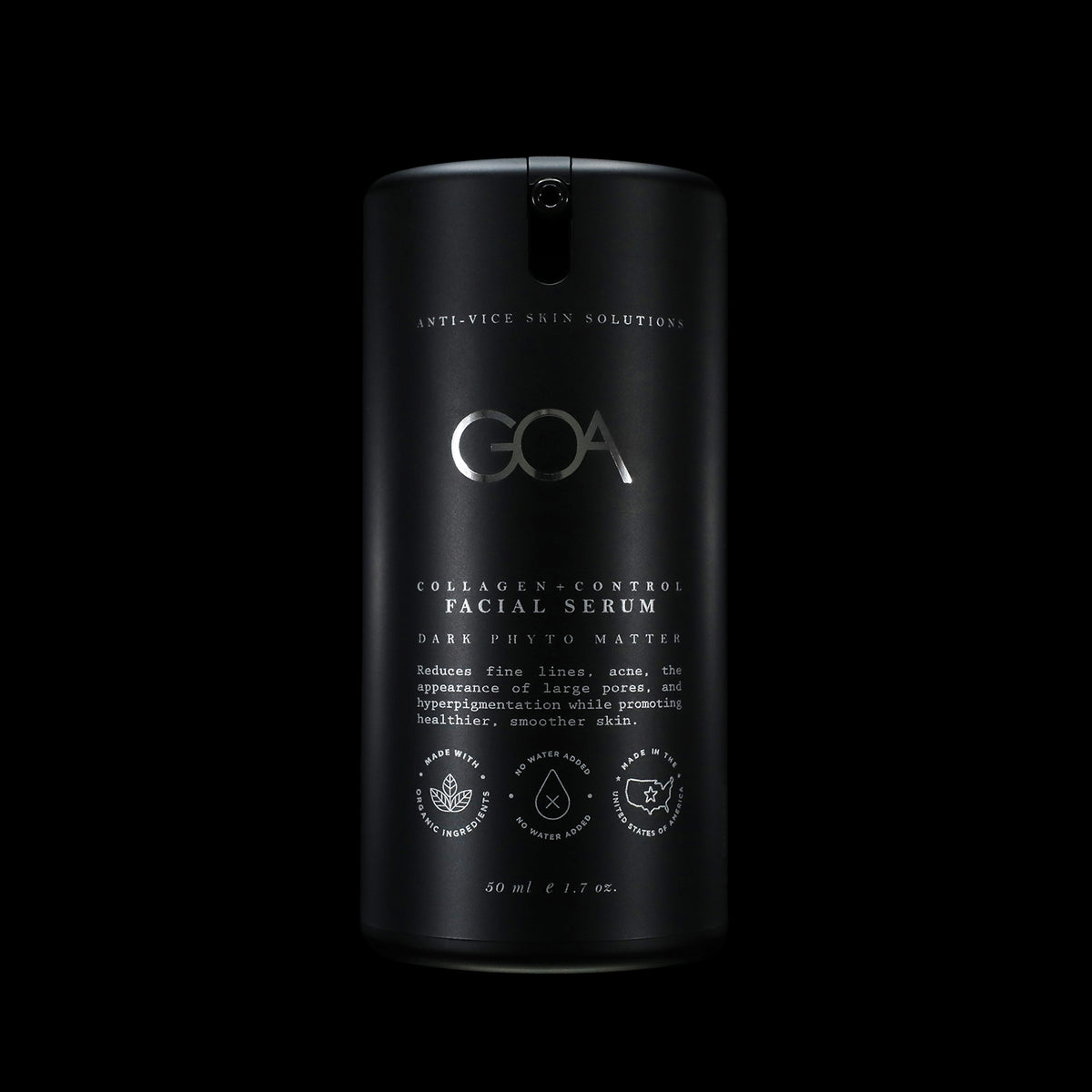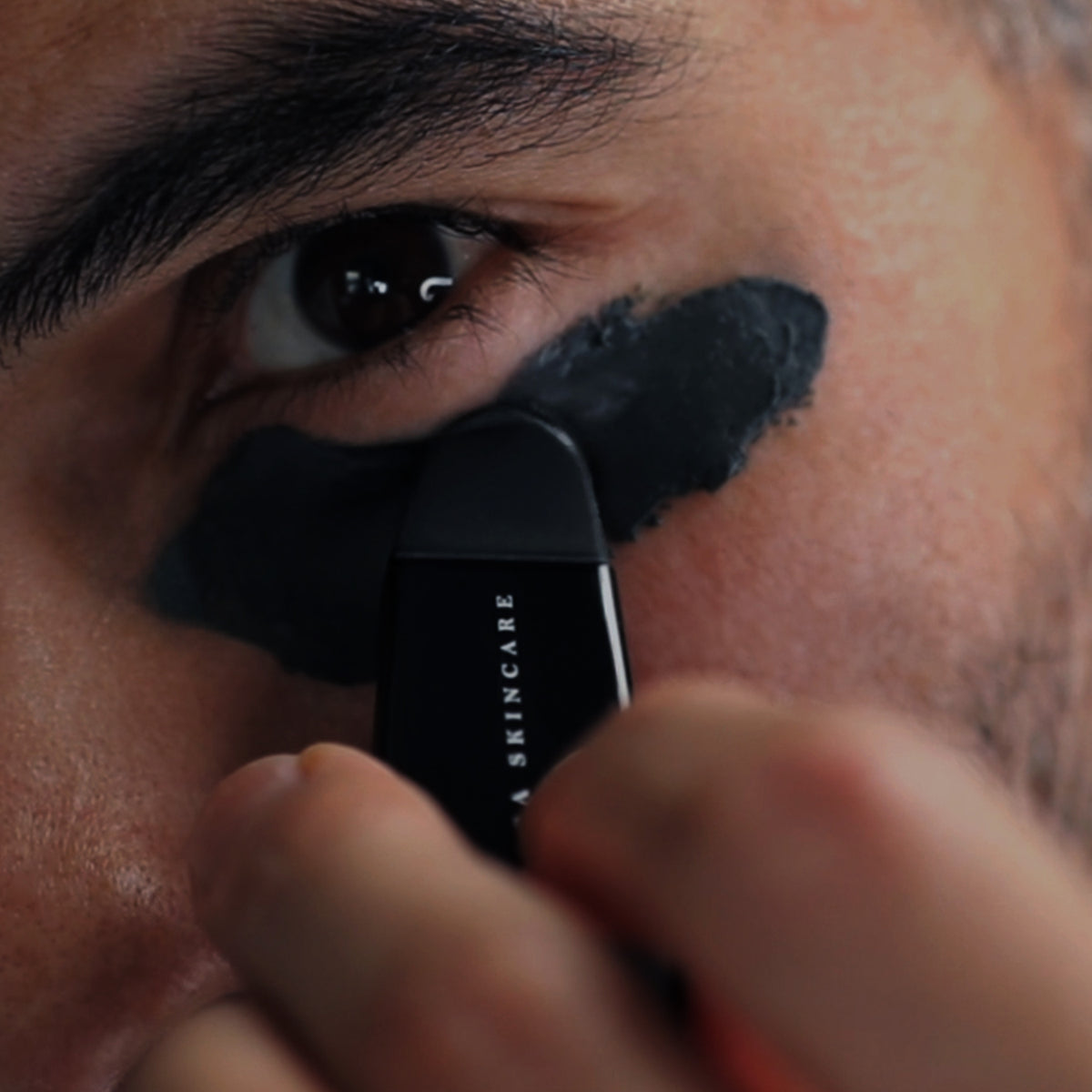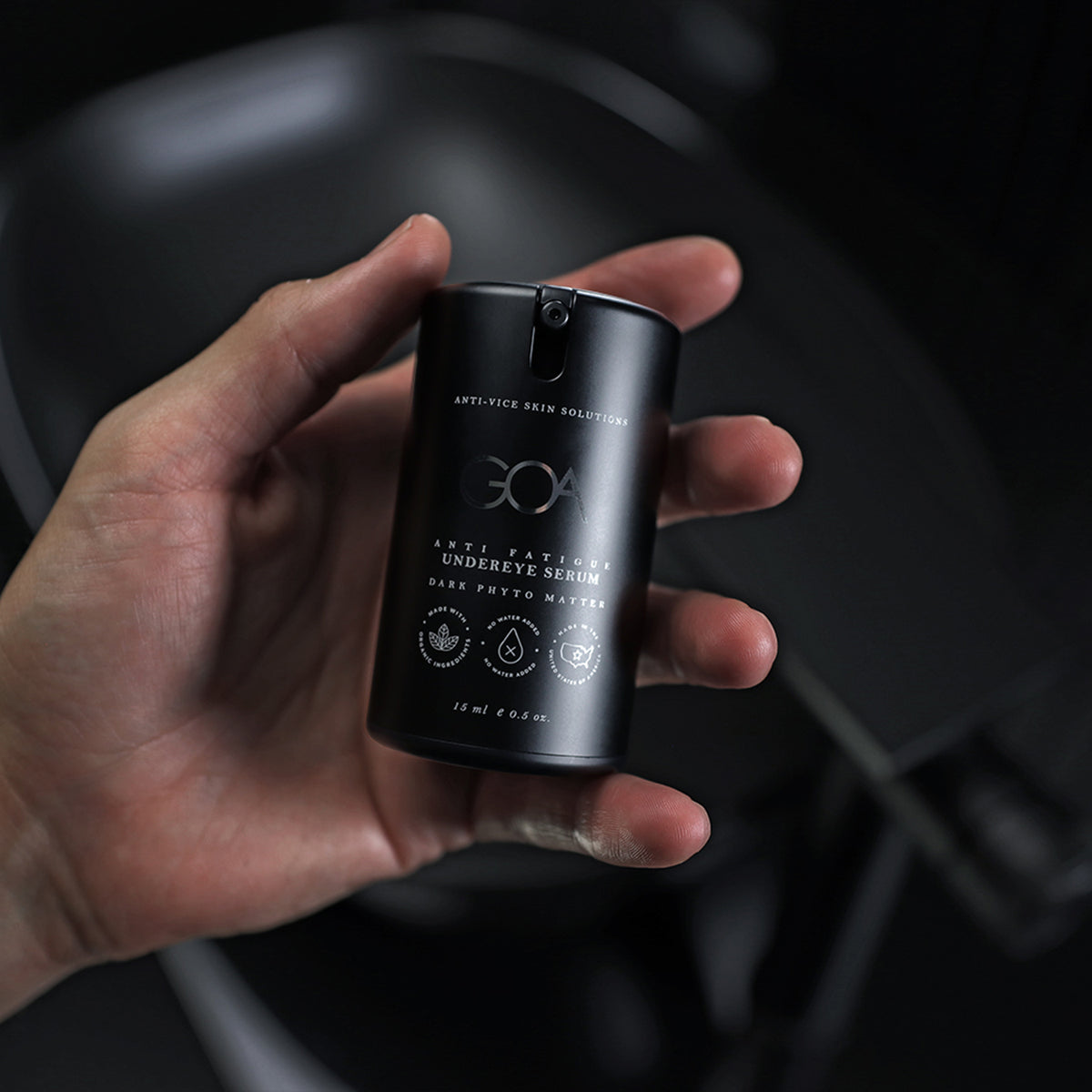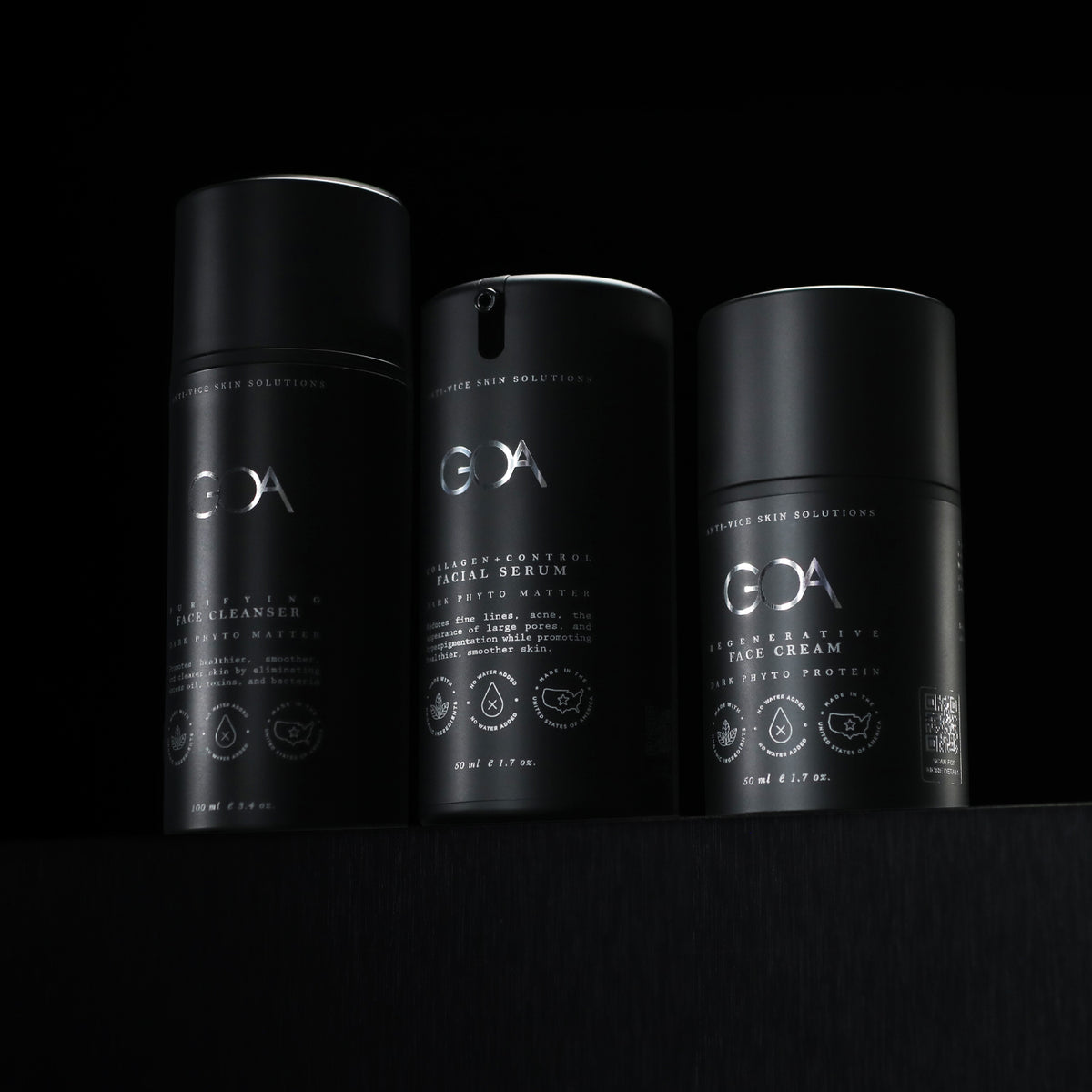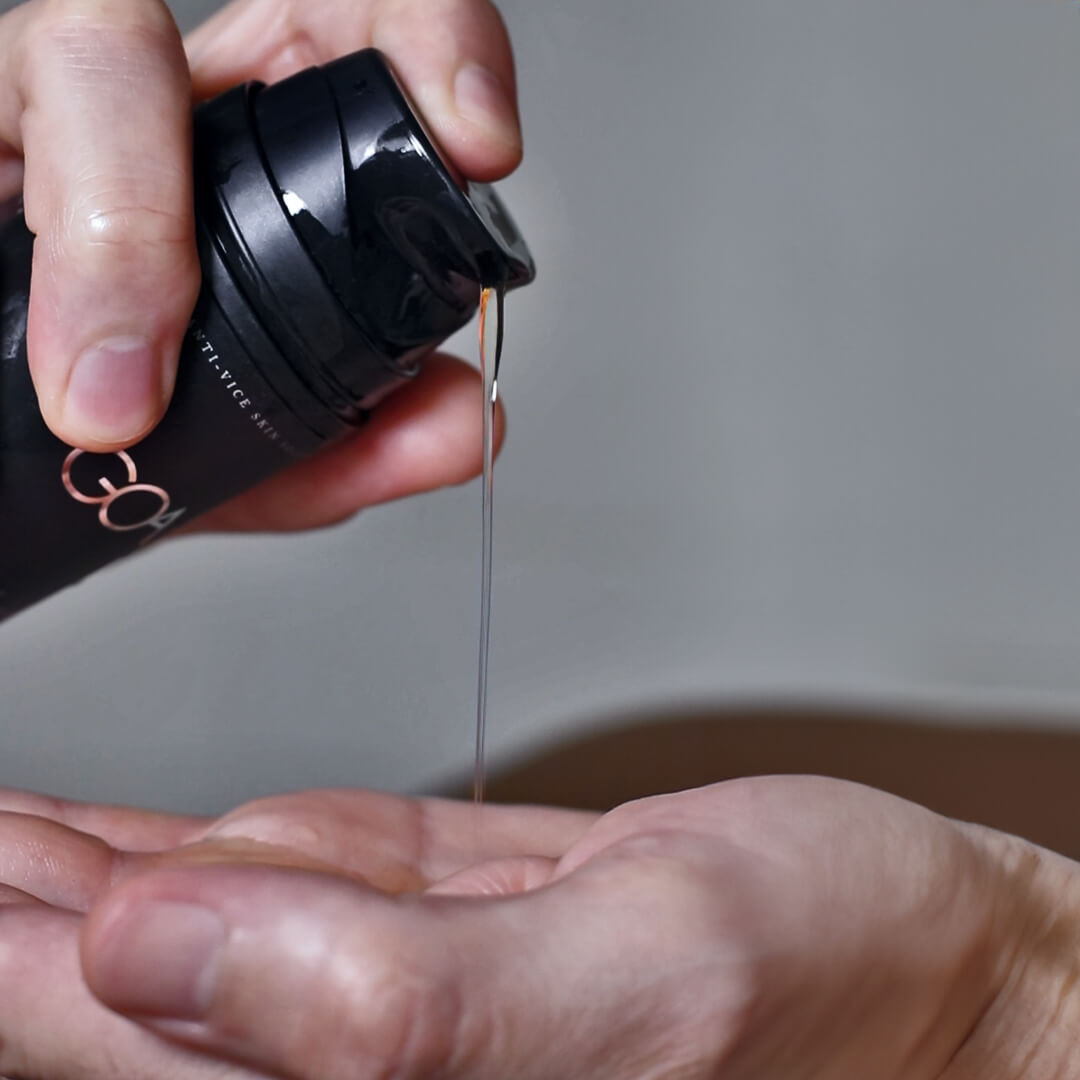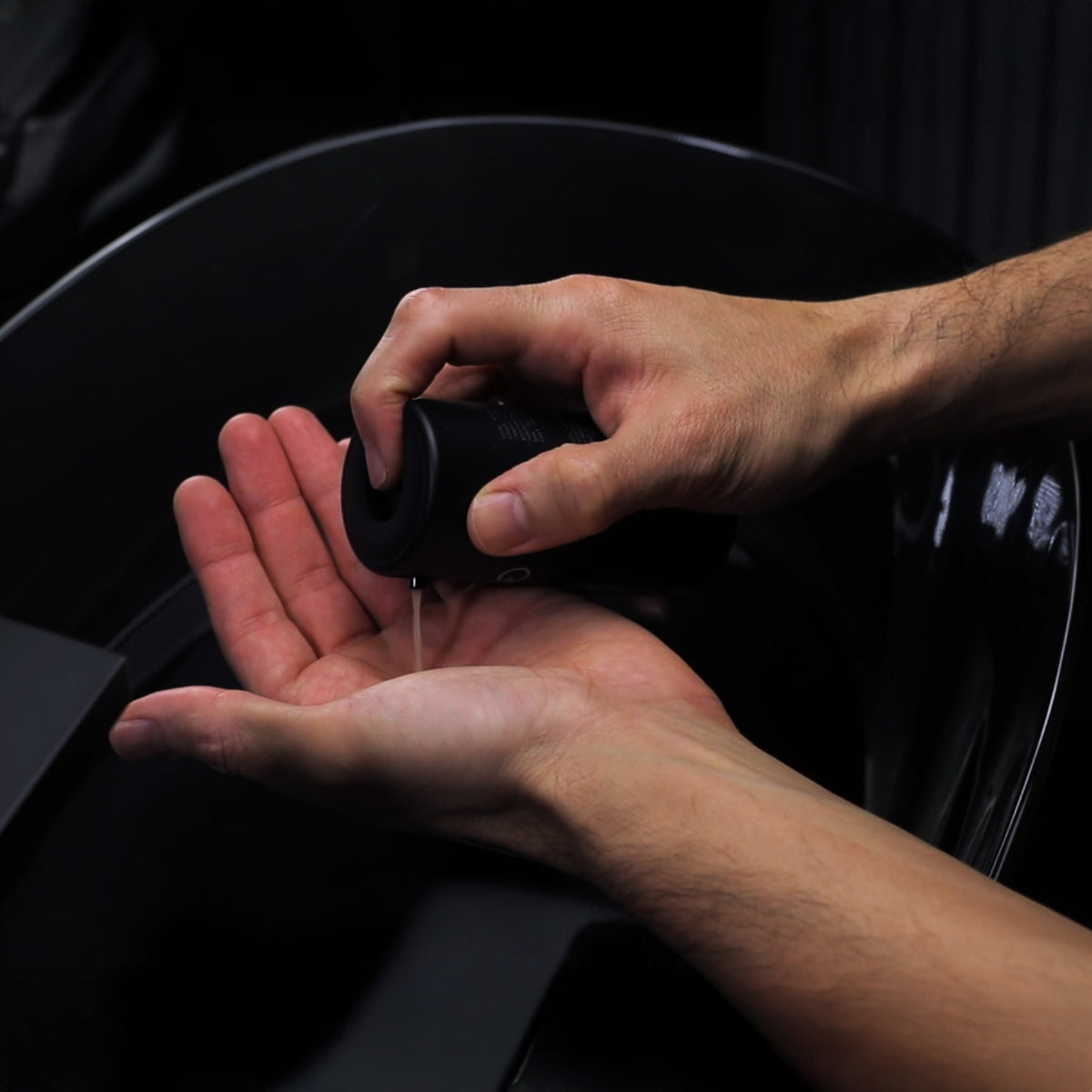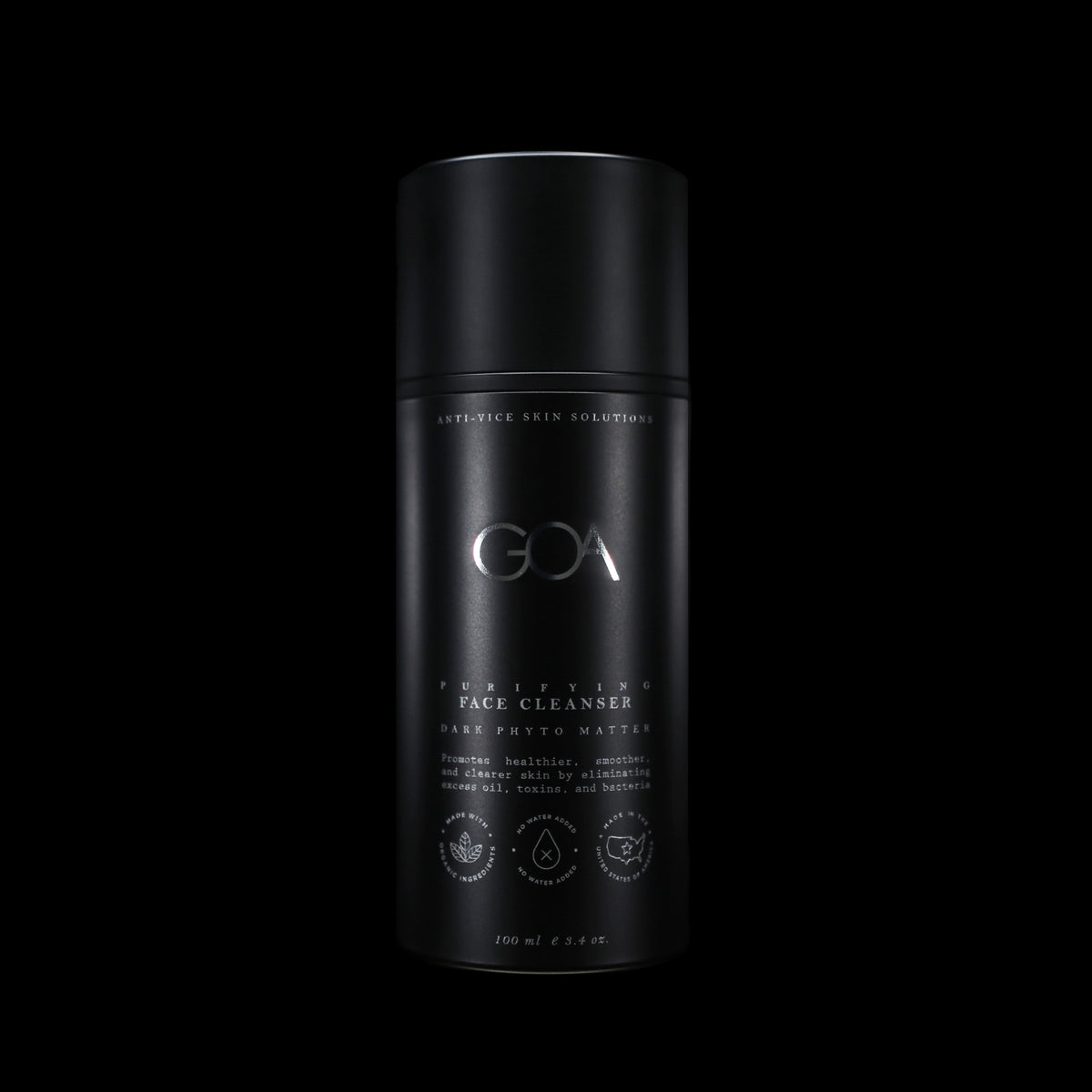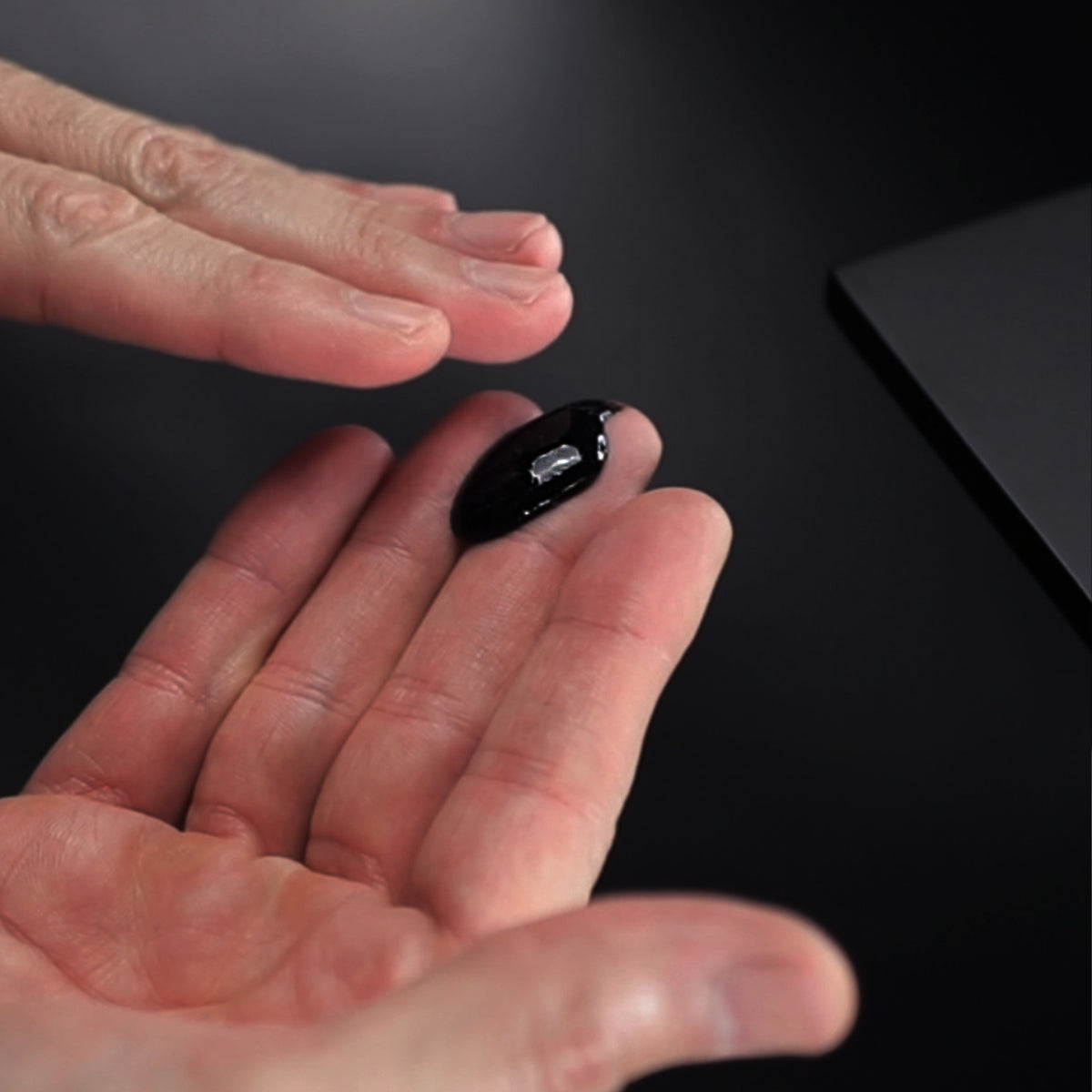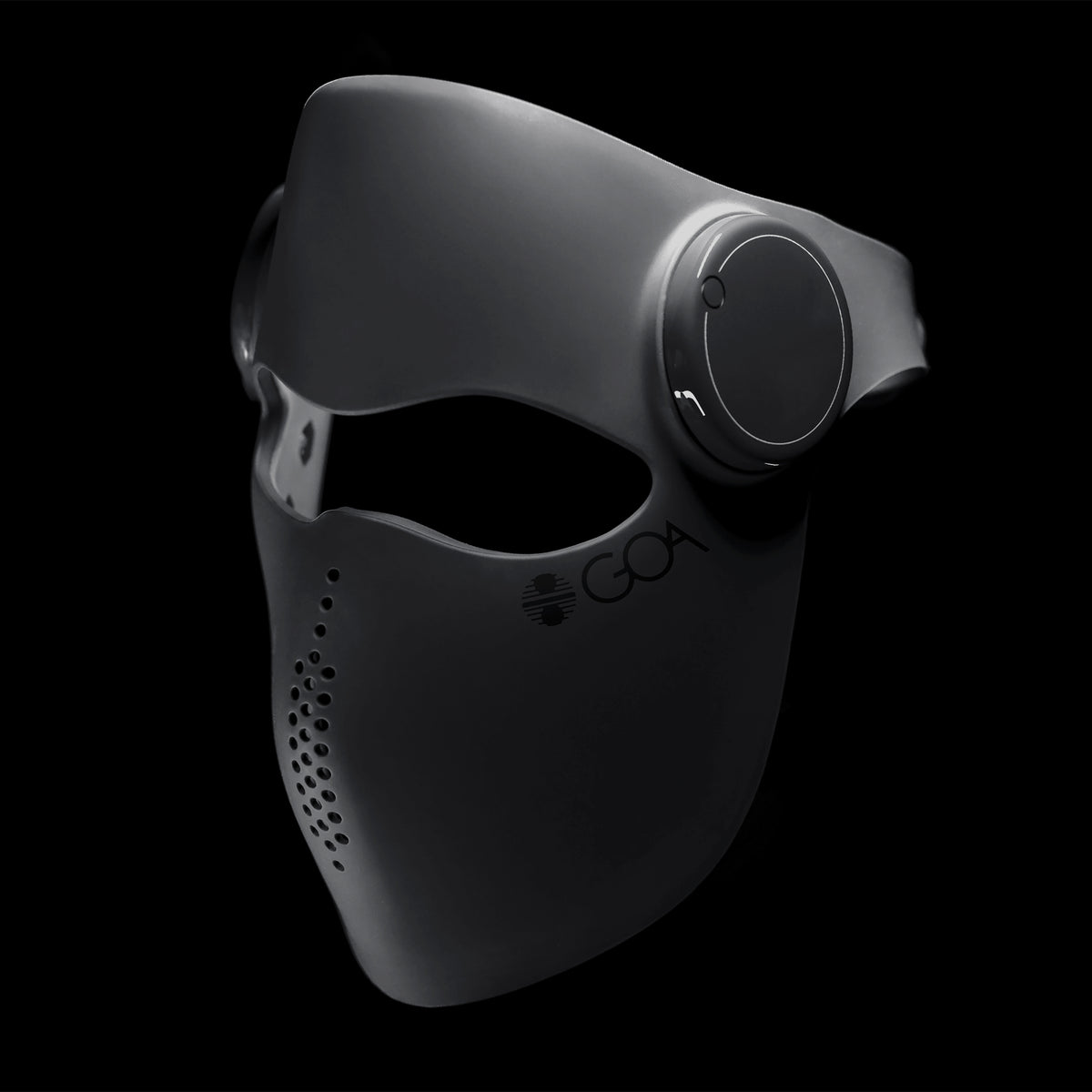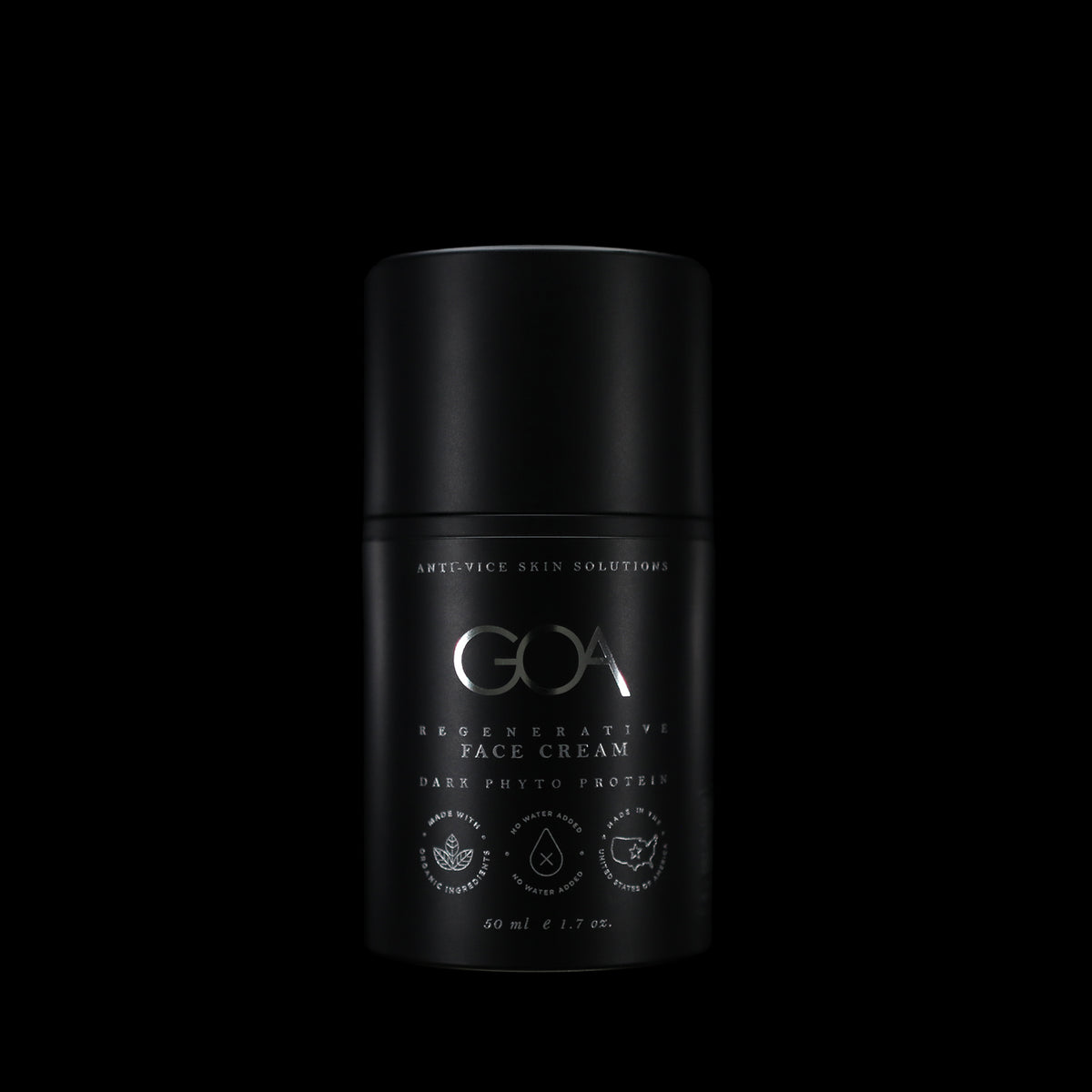Skincare innovation now demands technologies that ensure every active ingredient reaches its full potential. Microencapsulation is at the forefront of this evolution. Consider retinol—a powerhouse in anti-aging care that boosts collagen, accelerates cell turnover, and refines skin texture. Yet, its sensitivity to light, oxygen, heat, and pH has limited its performance. Microencapsulation overcomes these hurdles by encasing retinol in microscopic capsules that preserve its activity and deliver it in a controlled manner, ultimately enhancing product performance. This breakthrough approach exemplifies why the future of skincare is microencapsulated. Let’s get down to the basics.
What Is Microencapsulation?
Microencapsulation encloses active ingredients like retinol within a microscopic capsule or polymeric shell. This protective barrier shields the ingredient from environmental factors that cause degradation. The process typically involves:
○ Dissolving a polymer (such as polymethyl methacrylate) in an organic solvent
○ Mixing in the active ingredient with stabilizing agents
○ Emulsifying this solution in an aqueous phase
○ Removing the organic solvent through extraction or evaporation
The result? A free-flowing powder of spherical microcapsules, each containing a defined percentage of retinol. Studies show these microcapsules can achieve about 7% retinol content with 98% encapsulation efficiency—meaning nearly all the retinol stays safely trapped within the protective wall.
Why Microencapsulation Matters for Skincare
Retinol offers insane benefits, but its instability in typical formulations limits its effectiveness. Exposure to heat, light, oxidants, or incompatible ingredients causes rapid degradation, reducing therapeutic effects and potentially creating irritating byproducts like oxidized aldehydes and ketones.
Microencapsulation solves these issues by providing:
-
Enhanced Stability: The encapsulating shell protects retinol from environmental factors. Encapsulated retinol maintains higher potency over time, even in challenging storage conditions.
-
Controlled Release: When you apply the product, mechanical forces—like rubbing during application—gradually break the microcapsules. This steady delivery of retinol reduces irritation while maintaining effectiveness.
-
Improved Compatibility: Encapsulation allows retinol to coexist with ingredients that might otherwise interact with it negatively. This creates possibilities for multi-functional skincare products while preserving retinol's integrity.
Challenges in Delivering Skincare Ingredients
The skincare industry faces several obstacles when delivering active ingredients like retinol:
-
Degradation: Retinol breaks down quickly when exposed to light, oxygen, and heat. This degradation diminishes its anti-aging benefits and leads to uneven effectiveness.
-
Formulation Incompatibilities: Many active ingredients react with other components in a formulation. Certain antioxidants or preservatives can trigger reactions that further destabilize retinol.
-
Consumer Safety and Effectiveness: Today's consumers demand products that deliver results while ensuring safety. Unstable formulations risk causing skin irritation and diminishing consumer trust.
-
Limited Shelf Life: Products with unprotected retinol often have a short shelf life due to rapid potency loss. This complicates manufacturing and storage, increasing costs and waste.
How Microencapsulation Transforms Skincare
Microencapsulation overcomes the limitations of unprotected retinol in several ways:
-
Extended Shelf Life and Stability: Encapsulated retinol products last longer. Stability studies show these formulations maintain higher levels of active ingredients over time, even in less-than-ideal storage conditions.
-
Targeted and Controlled Delivery: Microencapsulation releases retinol only upon application. When you apply the product and massage it in, the microcapsules break gradually. This controlled release maintains consistent retinol levels on your skin while minimizing irritation—a common retinol side effect.
-
Boosted Effectiveness: The gradual release maximizes retinol's interaction with your skin's cellular processes. Clinical studies using advanced skin topometry have documented reduced skin roughness and wrinkle depth with microencapsulated retinol products.
-
Formulation Flexibility: With its protective barrier, retinol can be combined with a wider range of actives, antioxidants, and botanical extracts without compromising stability. This creates multi-benefit skincare products that address various skin concerns simultaneously.
How GOA Uses Microencapsulated Retinol
GOA's approach to retinol formulation harnesses microencapsulation to create products that deliver power and gentleness:
-
Optimized Delivery: GOA encapsulates retinol within a robust polymeric shell. This protection keeps retinol stable until application. The controlled release mechanism delivers precise doses of retinol gradually, maintaining effectiveness while reducing irritation risk.
-
Skin-Friendly Formulation: Many people avoid retinol products because of potential irritation—redness, peeling, and sensitivity. With microencapsulation, retinol releases gradually, moderating its interaction with skin surface cells. This allows your skin to adapt to retinol over time, improving tolerance and letting you experience benefits without discomfort.
-
Proven Results: GOA's encapsulated retinol formulations undergo rigorous clinical testing, showing significant improvements in key skin parameters. Studies report reductions in wrinkle depth (Rz) and arithmetic mean roughness (Ra), indicating smoother, firmer skin. The microencapsulation technology preserves and amplifies retinol's anti-aging benefits by ensuring sustained activity.
-
Smart Ingredient Combinations: By using microencapsulated retinol, GOA can include other actives and antioxidants that support skin health. This creates formulations that fight aging signs while protecting your skin from environmental stressors—a dual benefit that makes GOA's products stand out.
Benefits for Your Skin and the Industry
Microencapsulated retinol offers advantages beyond enhanced product performance:
-
Consumer Trust: Products with proven stability and controlled delivery build greater trust. When you see real improvements in your skin's texture and appearance, you're likely to stay loyal to a brand.
-
Cost-Effective Production: Improved stability reduces waste and lowers costs related to product recalls or reformulations. Longer shelf life also improves inventory management.
-
Innovation: With growing demand for high-performance skincare, brands using microencapsulation can stand out in the market. The ability to combine powerful actives without stability issues opens new product possibilities.
-
Safety and Effectiveness: Most importantly, microencapsulation addresses the dual challenge of effectiveness and safety. By ensuring controlled retinol delivery, formulators can harness its full potential without triggering irritation that often deters users from retinol treatments.
Conclusion
Microencapsulation transforms retinol-based skincare by protecting it within a polymeric shell, overcoming degradation and safety challenges.
GOA recognizes that delivery method is skincare's persistent challenge. While others focus on buzz ingredients, GOA addresses the fundamental issue: ensuring ingredients work where and when needed. Through microencapsulation, GOA solves the delivery problem that has limited results for decades.
This controlled release technology ensures retinol reaches skin layers gradually, reducing wrinkles and improving texture while minimizing irritation. As consumers demand science-backed solutions, GOA's focus on delivery technology places it at the innovation forefront. By solving the delivery puzzle, GOA creates products that fulfill their promises, unlocking skincare effectiveness through precision delivery systems.
Good Scientific Reads
Dochi, S., & Goldstein, D. (2014). A Novel Microencapsulation Technology Ensuring Retinol Stability and Activity. SOFW-Journal, 140(8).
Augustin, M.A., Sanguansri, L., & Lockett, T. (2013). Nano- and Micro-Encapsulated Systems for Enhancing the Delivery of Resveratrol. Annals of the New York Academy of Sciences, 1290, 107-112.
Ioannis, S. (2009). Encapsulation and Controlled Release Technologies in Food Systems. International Journal of Food Science & Technology, 44, 1462–1463.
Tan, X., Meltzer, N., & Lindenbaum, S. (1993). Determination of the Kinetics of Degradation of 13-cis-Retinoic and All-trans-Retinoic Acid in Solution. Journal of Pharmaceutical and Biomedical Analysis, 11, 817–822.
Pandel, R., Poljšak, B., Godic, A., & Dahmane, R. (2013). Skin Photo-Aging and the Role of Antioxidants in Its Prevention. ISRN Dermatology, 2013.














